About Ein Karem
This page was inspired by Moshe Amirev's wonderful book, "Ein Kerem", published by Ariel Jerusalem.
Thousands of years of history
A beautiful ancient picturesque village located on the western edges of the Jerusalem Mountains, Ein Karem is kind of a gateway to the city straight from the wild landscape of the Judean Mountains.
The unique nature of the village embodies within it thousands of years of history. It is culturally, architecturally, historically and religiously rich which is reflected in many elements of the village, as seen in the timeline.

The Canaanite period (1400 BC):
It started as a Canaanite village, a settlement place for farmers and herders who relied primarily on its proximity to the "City of Jebus" (Jerusalem of that time). The first settlers on this plot of land chose to settle in it because of the spring in the town center which still flows today, “Miriam's spring". Until the 1950s, it was considered one of the finest springs in the area.

The Israeli-Jewish period (1100 BC until the days of the Second Temple):
There is evidence that the village was probably conquered by King Saul. In the division of the land into tribes, the area of the village was a kind of border point between the lands of the tribes of Judah and Benjamin and evidence shows that the land of the village belonged to the tribe of Benjamin. From this period, there is evidence of the name being given to the village - "Beit Hakerem" – House of Vineyard ("Beit Karma" from Aramaic). Throughout the period of Jewish reign, the ancient village and all of Judea prospered agriculturally. Many agricultural crops were grown in the village such as pomegranates, figs, almonds, and carobs, which can still be seen today in their natural-wild form, undisturbed throughout the village. The great pride of the ancient village was in its olive groves and vineyards, which were known for many miles away, from which it derived its name.
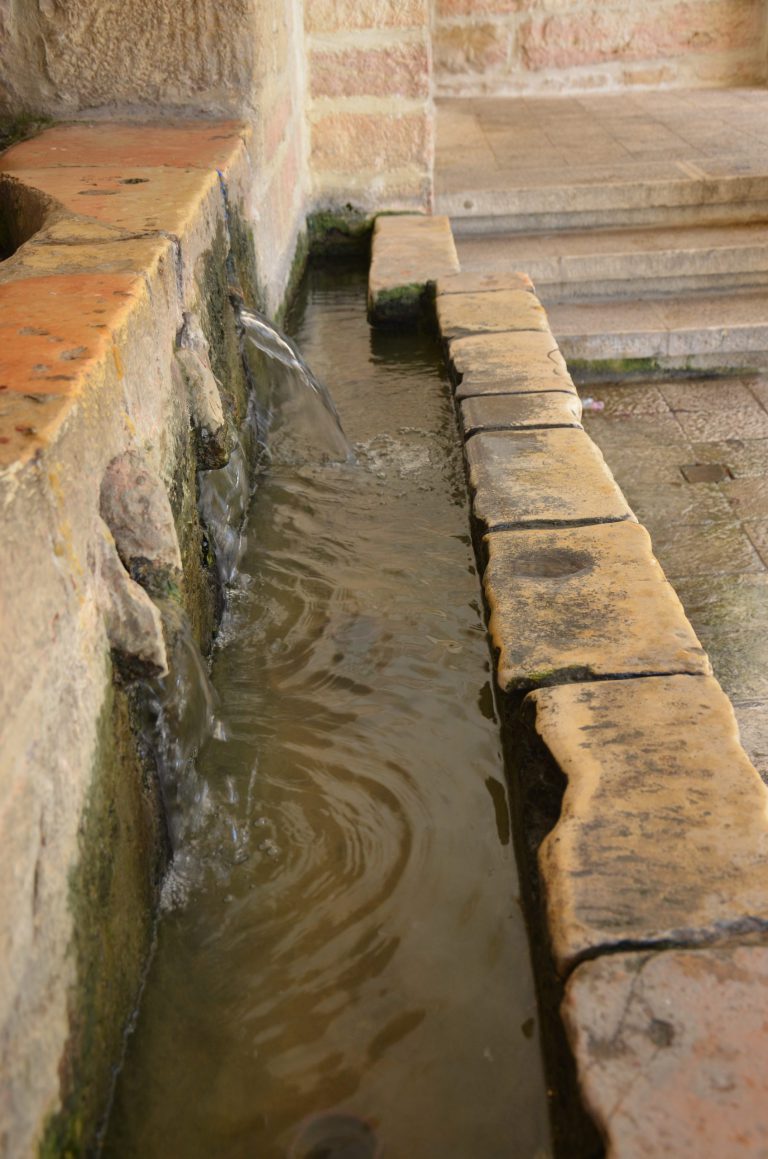
Second Temple period until the destruction (538 BC to 70 AD):
In addition to being a thriving agricultural village, the ancient village also had a part in the building of the Second Temple, as stated in the Tractate of Measurements (Masechet middot) in the Mishnah (Jewish literature): "One of the stones of the altar from the valley of Beit Hakerem and digging down from the virgin and bringing whole stones from there", evidence that some of the stones from the temple were brought from the village. The villagers at that time were Jews with small estates, most of whose agricultural crops were used for their household needs and some were sold in the Jerusalem markets. The period of Jewish settlement as a whole left many "souvenirs" in today's Ein Karem: the remains of agricultural steps (the terraces) that surround the village hills, water cisterns, rock-hewn wine presses, graves and mikvahs (baths to achieve ritual purity) that date to the Second Temple period.
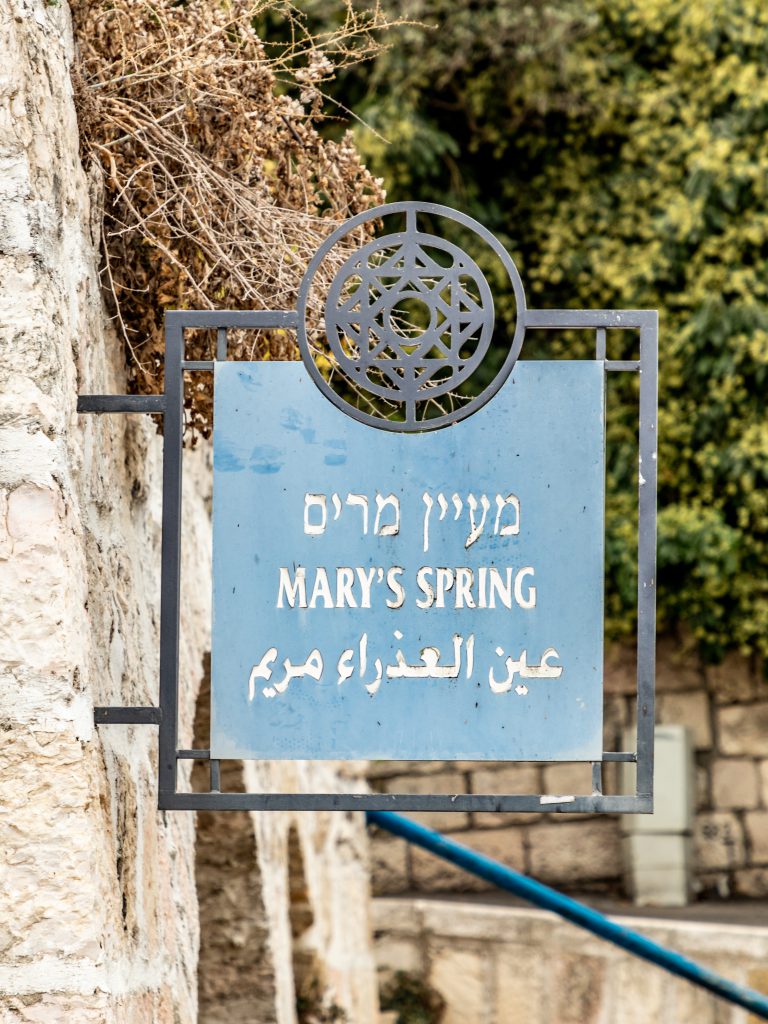
The story of John, son of Zechariah (John the Baptist) and the Christian context of the village:
The story begins even before he was born, at the meeting of Elisheva (Elizabeth), the mother of John and Miriam (Mary), mother of Jesus, when they were both carrying their children in the womb. The meeting between the two women took place near the spring in the ancient village "Beit Hakerem", hence its name "Maayan Miriam" (Miriam’s spring). After this encounter, the two children are born and in adulthood became wandering preachers and, in time, mythical-messianic figures in the Christian world. John was a resident of the ancient Beit Hakerem and a member of a privileged family of priests, who according to the Christian faith was a descendant of Aaron the high priest. The place of his birth is immortalized today as the "Church of John in the Mountains" which is located on the northern hill in the village. Later in life, John became an itinerant preacher leader, and was known as the monk who baptized those who came to him to be purified and healed. John also baptized Jesus and in fact at this event announced Jesus as the "Messiah", following this event John became a major religious figure in Christianity. In Ein Kerem today, there are scattered churches and monasteries that commemorate the founding events of the Christian religion which took place in the village. The village has been a center of pilgrimage for more than a thousand years as a result of these events and the religious centers scattered throughout the village.
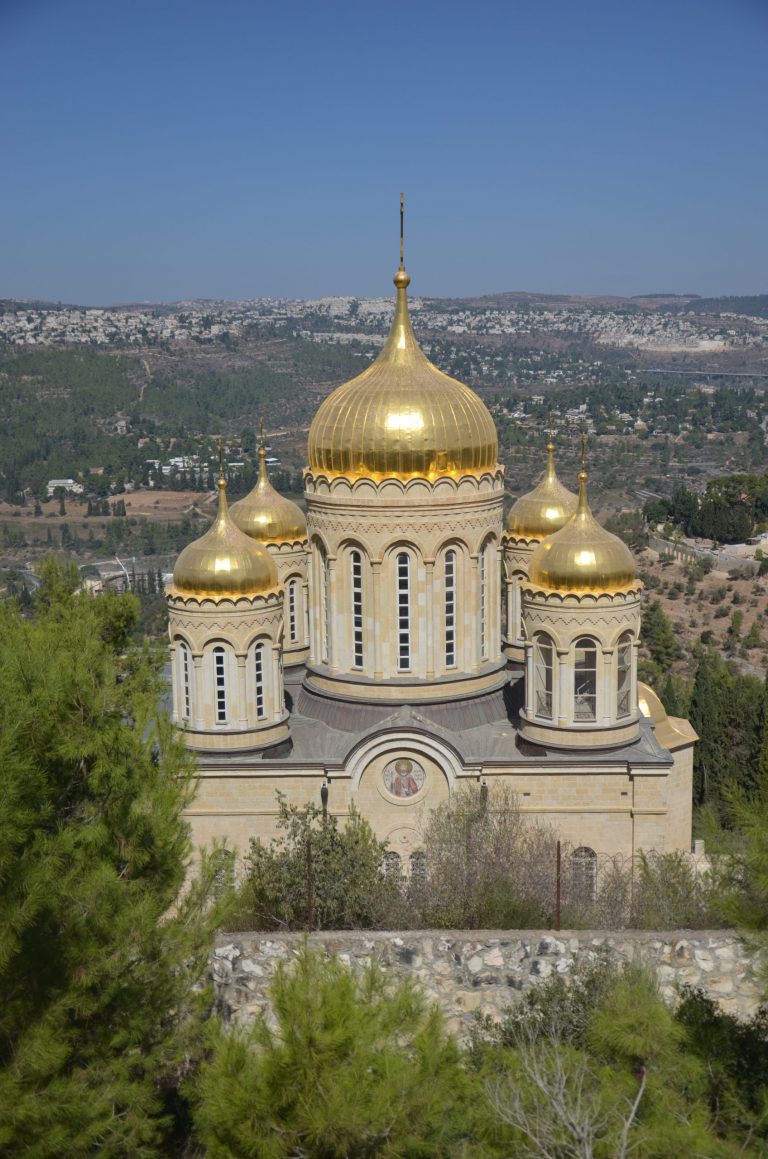
The Roman period (70 AD to the 4th century):
After the destruction of the Second Temple and the failure of the Bar Kochba revolt, Ein Kerem was abandoned by its Jewish inhabitants and remained desolate for several years. In the first century AD, the village began to be settled by members of various minorities including the Samaritans and Cults who changed the name of the place to "Orini", "The Mountainous" (from Greek), after the nearby mountain (Mount Ora of today). In the second century AD, the village became important again, evidenced by the construction of the Temple of Aphrodite (where the Church of John is located in the mountains today) and the construction of additional temples throughout the village. The prosperity of this pagan village did not last long and in the 4th and 5th centuries the village was seemingly deserted.
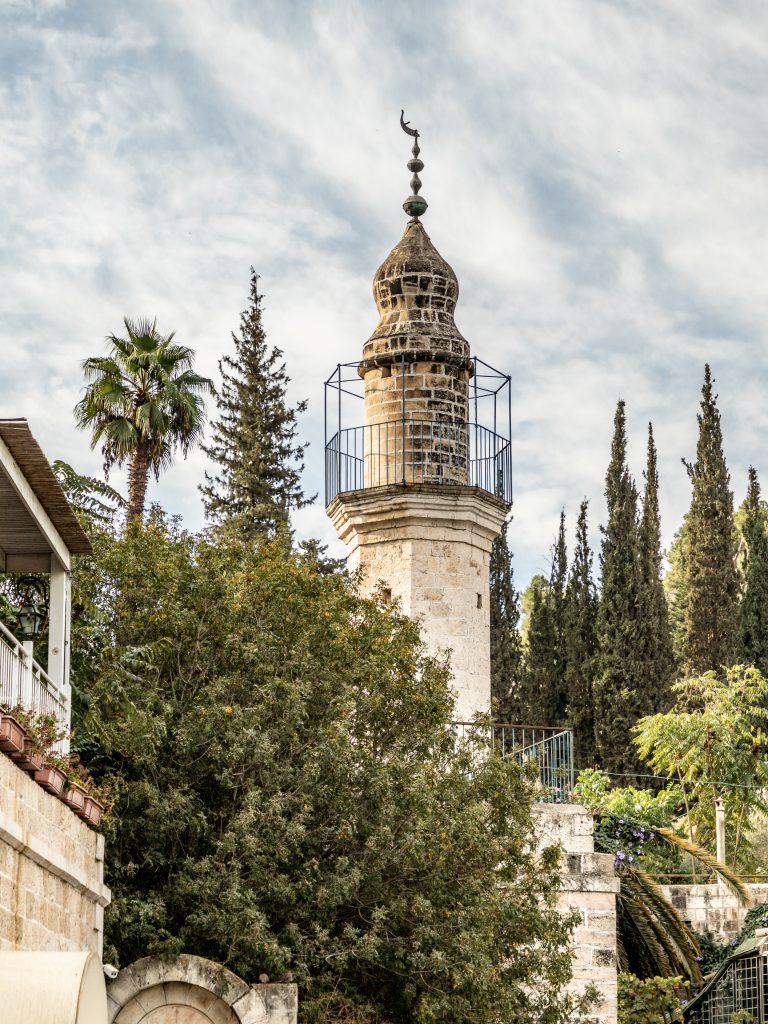
The arrival of Helena, mother of Constantine emperor of Byzantium, to Ein Kerem (324 CE):
Constantine was the first emperor to accept the Christian religion and make it the official religion of the Roman Empire. His mother, Helena, was very kind to Christianity, and decided to travel to the Land of Israel to find the locations of the events in question in the New Testament. Her visit to the Holy Land also included a visit to ancient Ein Karem, where she determined the locations of the Church of John in the mountains, the Spring of Miriam and the house of Elisheva (Elizabeth), mother John, as well as building a church there. After the journey of Helena in the Land of Israel, the region was henceforth called "Terra Santa" (Holy Land). It established the close connection of the Christian world to the Land of Israel from then on till this day.
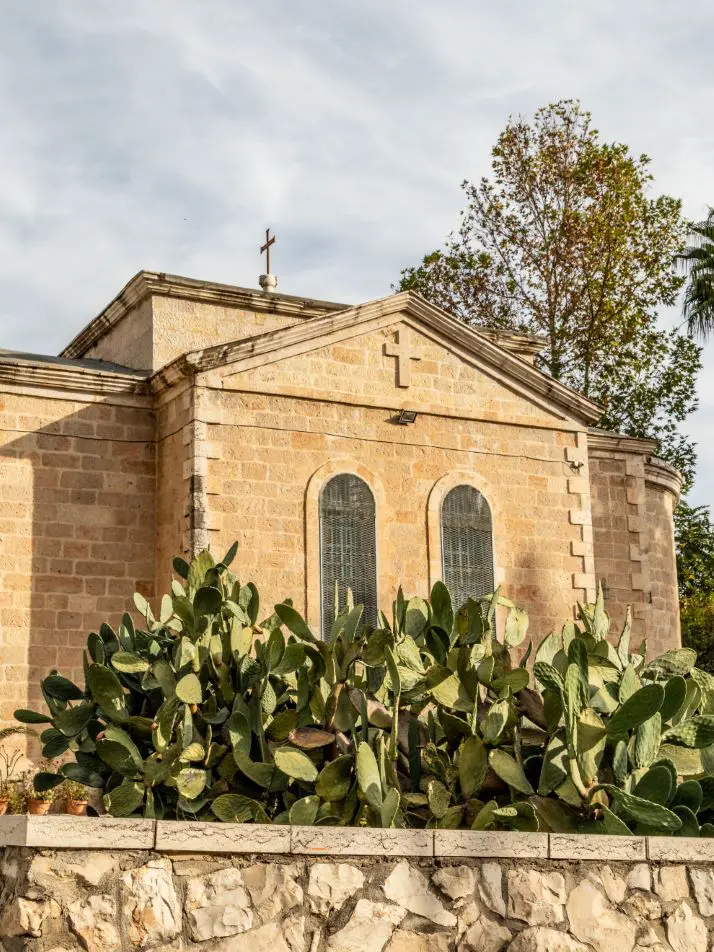
Montana, Ein Karem Crusader (12th-13th centuries AD):
Almost throughout the entire period of the Arab rule in the Land of Israel (7th-11th centuries), Ein Kerem was an abandoned village strewn with destruction and ruination, as result of the occupation of the Land of Israel by the various Arab tribes. When the Crusaders arrived in the Holy Land in the 11th-12th centuries and conquered it, they brought back their rituals and rebuilt their sacred sites, including the churches in Ein Karem. "Montana" ("the Hill" in Latin) was the name given to the village by the crusaders.

The Arab village, Ein Kerem (14th to 20th century):
There is not much evidence of settlement in Ein Karem during the period of the Mamluk Empire ruling, between the 13th century (when the Crusaders left) and the 16th century. In the 16th century, there is the first evidence of Arab settlement. During this period, the village of "Ein Karem" (which came from its Hebrew name - "Beit Hakerem") prospered agriculturally. The Old stone terraces were renovated and the aqueducts renewed. The wine presses from the days of the First and Second Temples turned into oil presses. As stated, during these years, the character of the village was agricultural. The first settlers in the village were four Muslim families, originally from Spain, who were expelled from the Iberian Peninsula in the days of King Ferdinand. They were the ones who improved the conditions and infrastructure in the village and made it prosper. Along with the Arab settlement, over the years there was also vivacious Christian activity at the holy sites, and even a Christian-European settlement in the village.

Ein Karem neighborhood, Jerusalem (from establishment of the state to this day):
In July 1948, 4,000 Arab residents of Ein Kerem became refugees. Five months later, Jewish refugees from the Diaspora began living in the abandoned homes. At first, most of the Jewish refugees brought to Ein Kerem did not want to live there, as they claimed that the officials who referred them to their new home misled them by saying that the buses would take them to Jerusalem and not to this remote place. There were few individuals, like Shalom Botel, that were the first to appreciate the gem that lies in the suburbs of Jerusalem. "... In the evening of that day, several people got off one of the buses, among them Shalom Botel, an old man from Yemen. He knelt down on his knees, kissed the ground and with his large family turned to one of the abandoned houses ... At the age of ninety he had his youngest son. At the age of one hundred and ten years old, Shalom Botel died in Ein Kerem in good health... "(Moshe Amirav, Ein Kerem, Ariel Jerusalem Publishing, 1958).
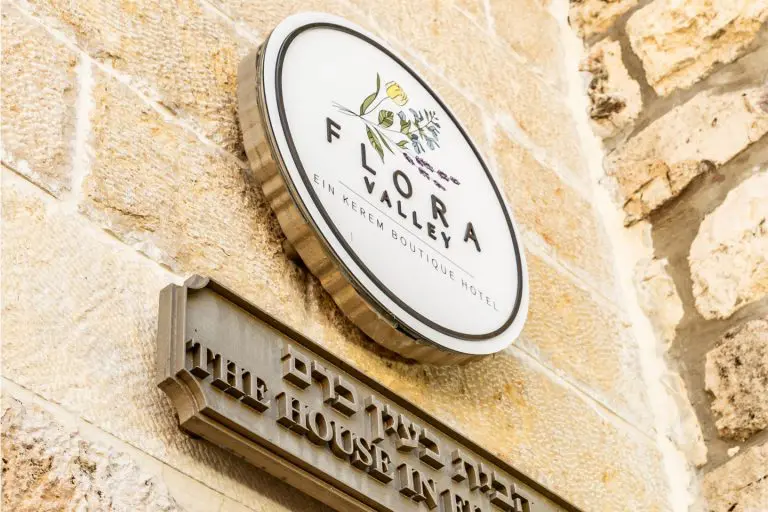
Today Ein Kerem is a unique place, rich with nature, history and architecture for many generations, cultures and religions.
In the lush greenery landscape full of fresh mountain air of the magical valley, brimming with ancient olive trees, to the sounds of church bells and on the background of the mosque and ancient Arab houses that reside in harmony with the prayers of scattered synagogues, the village exist in a perfect setting that goes beyond the boundaries of time and creates a unique reality in which the boundaries between the living and the inanimate, the past and the present are blurred.


